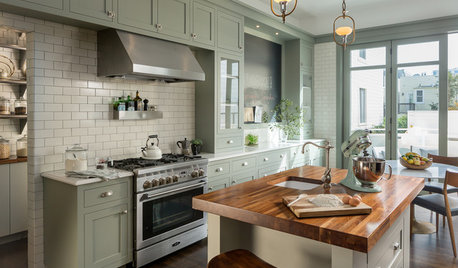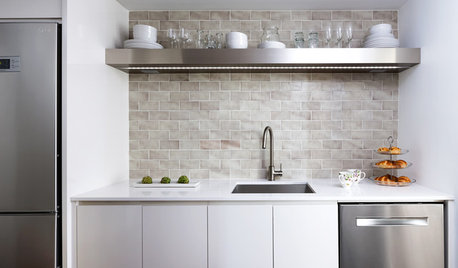Question on installing a NEMA 14-50 outlet in garage
K G
6 years ago
last modified: 6 years ago
Featured Answer
Sort by:Oldest
Comments (24)
greg_2015
6 years agoRelated Professionals
Aurora General Contractors · Bellingham General Contractors · Leon Valley General Contractors · Waxahachie General Contractors · Downers Grove Solar Energy Systems · Emeryville Solar Energy Systems · Madison Solar Energy Systems · Wakefield Solar Energy Systems · Western Springs Solar Energy Systems · Asheville Home Automation & Home Media · Castle Rock Home Automation & Home Media · North Wantagh Home Automation & Home Media · Plainview Home Automation & Home Media · San Fernando Home Automation & Home Media · South Euclid Home Automation & Home MediaK G
6 years agoK G
6 years agogreg_2015
6 years agoweedmeister
6 years agoRon Natalie
6 years agoK G
6 years agogreg_2015
6 years agoK G
6 years agogreg_2015
6 years agoK G
6 years agolast modified: 6 years agogreg_2015
6 years agoweedmeister
6 years agoRon Natalie
6 years agolast modified: 6 years agoK G
6 years agogreg_2015
6 years agoK G
6 years agoweedmeister
6 years agoRon Natalie
6 years agotaylorlightfoot
6 years agotaylorlightfoot
6 years agoRon Natalie
6 years agoKishore chowdary
15 days ago
Related Stories

DOORS5 Questions to Ask Before Installing a Barn Door
Find out whether that barn door you love is the right solution for your space
Full Story
KITCHEN BACKSPLASHESHow to Install a Tile Backsplash
If you've got a steady hand, a few easy-to-find supplies and patience, you can install a tile backsplash in a kitchen or bathroom
Full Story
BATHROOM DESIGNShould You Install a Urinal at Home?
Wall-mounted pit stops are handy in more than just man caves — and they can look better than you might think
Full Story
BATHROOM DESIGN14 Design Tips to Know Before Remodeling Your Bathroom
Learn a few tried and true design tricks to prevent headaches during your next bathroom project
Full Story
STUDIOS AND WORKSHOPS14 Home Studios That Nurture Creativity and Art
The Hardworking Home: Houzz readers show us spaces where they paint, photograph and craft — and tell us what makes their rooms work for them
Full Story
KITCHEN DESIGN7 Tricky Questions to Ask When Planning Your New Kitchen
Addressing these details will ensure a smoother project with personalized style
Full Story
REMODELING GUIDESConsidering a Fixer-Upper? 15 Questions to Ask First
Learn about the hidden costs and treasures of older homes to avoid budget surprises and accidentally tossing valuable features
Full Story
FUN HOUZZ14 Things You Need to Start Doing Now for Your Spouse’s Sake
You have no idea how annoying your habits at home can be. We’re here to tell you
Full Story
KITCHEN DESIGN9 Questions to Ask When Planning a Kitchen Pantry
Avoid blunders and get the storage space and layout you need by asking these questions before you begin
Full Story
DECORATING GUIDESTricks to Hide Light Switches, Outlets and Toilet Roll Holders
Embrace camouflage and other design moves to make these eyesores virtually disappear
Full Story








Ron Natalie